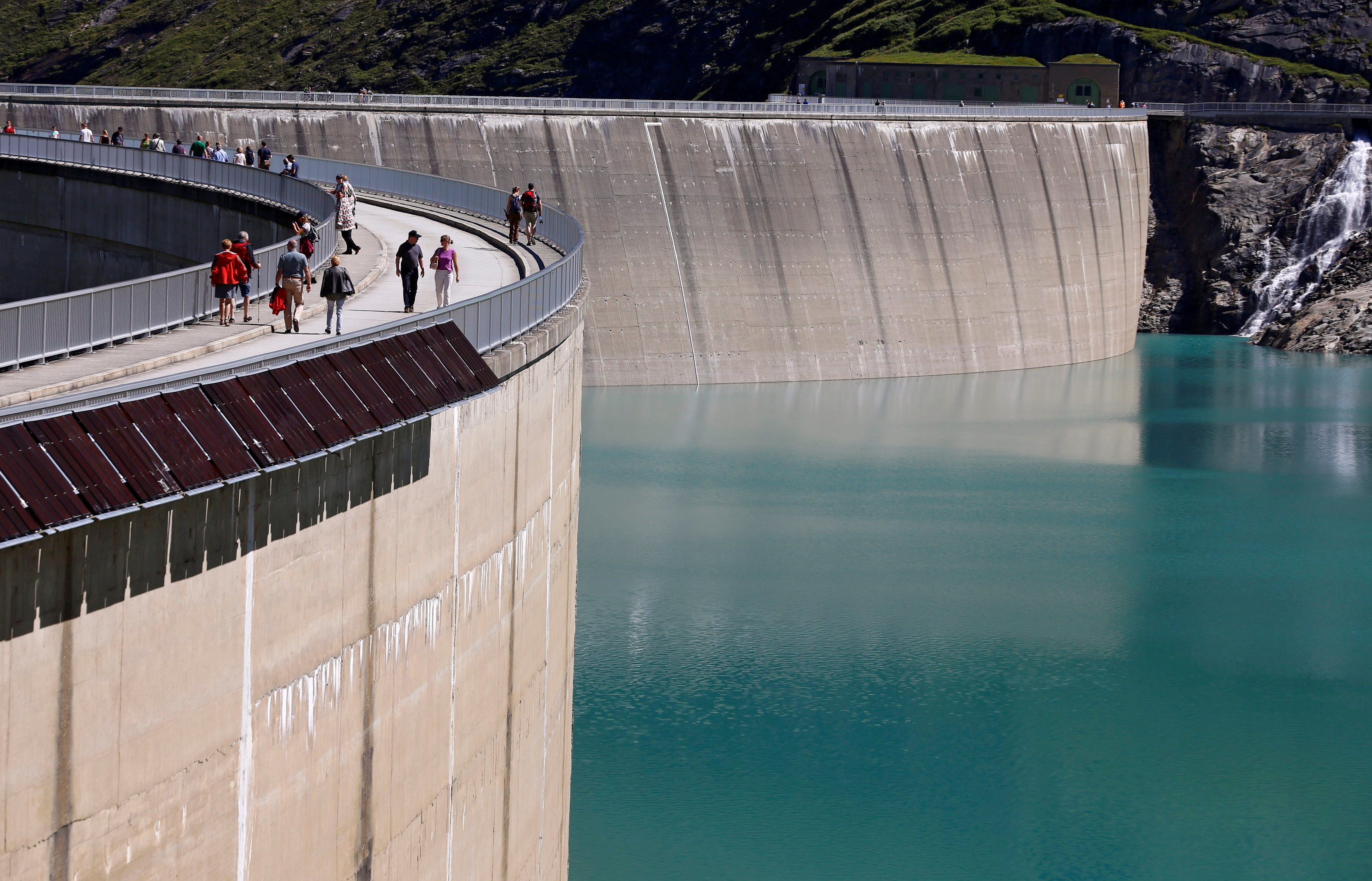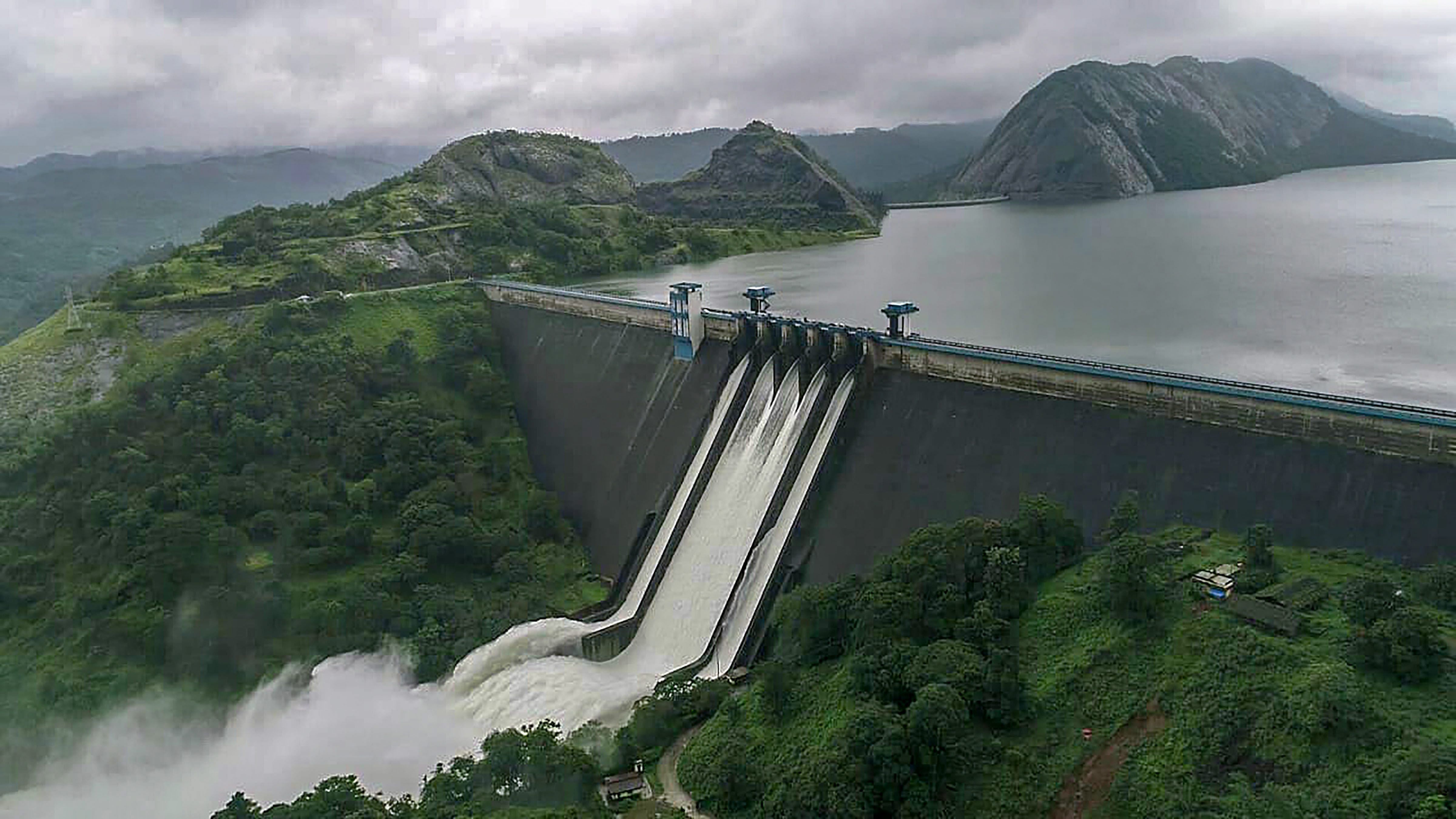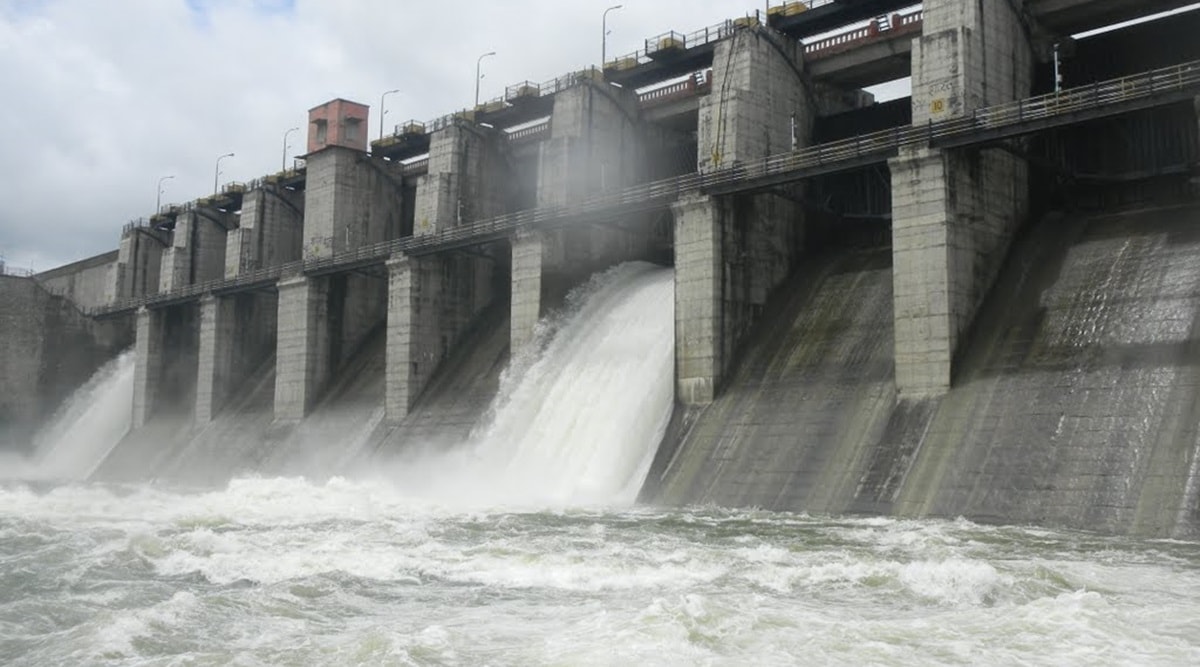Reservoir Levels Rise, but 40 South Indian Dams Are Still Behind 2023

Reservoir Levels Rise, but 40 South Indian Dams Are Still Behind 2023
Thirty-two reservoirs have less capacity than last year, and there are 27 that have less storage than they did ten years ago.
As the monsoon season progresses in India, bringing the much-anticipated rainfall to this predominantly agricultural nation, an uneven picture of the water levels in its reservoirs is beginning to emerge.

While there has been a significant improvement in several reservoirs, approximately 40 dams in the southern part of the country still lag, a concerning fact given the region’s dependence on these water bodies for various activities.
The Central Water Commission (CWC), India’s primary organization responsible for monitoring water resources, has reported a steady increase in the water levels of numerous reservoirs due to the current monsoon season.
This improvement is a significant development considering reservoirs are critical for irrigation, power generation, and drinking water, especially in drought-prone areas.
The water tables in India’s major reservoirs have improved as the monsoon has picked up speed recently. On Thursday, the overall water levels in the 143 reservoirs were just 4% lower than they had been two weeks prior, as opposed to 8% below the previous year’s record high.
However, due to little rainfall thus far These states include Karnataka, Kerala, Tamil Nadu, Andhra Pradesh, and Telangana. the water tables at the 40 reservoirs in southern areas have stayed 18% below the previous year’s level.

However, a different situation unfolds in South India. About 40 dams in this region, including prominent ones such as Mettur and Krishnagiri in Tamil Nadu and Almatti in Karnataka, must catch up in their water levels. These reservoirs are operating below the expected capacity, a worrying trend as this could affect millions of people dependent on these water resources.
The Central Water Commission (CWC) reports that on Thursday, the water level in the nation’s 143 reservoirs was 51.06 billion cubic metres (bcm), or 29% of their total capacity. Currently, 71 dams and 64 reservoirs have more water than they had last year.
According to a CWC statement, “the number of reservoirs having storage equal to last year is 11 and having storage less than last 10 years average is 9.” 32 reservoirs had less storage than last year, and 27 have less storage than the previous ten years.

The amount of water in these reservoirs was 52.97 bcm last year and 46.50 bcm on average for the previous ten years. The CWC said that the pool water levels were 110% higher than the average for the last ten years and 96% higher than the live storage for the same period the previous year.
Water levels in significant dams in eastern areas, particularly in West Bengal, Bihar, Jharkhand, and Odisha, have been 3% higher than last year’s level but 3% lower than during the previous ten years on average. In these states, a sizable portion of the cropland is still supplied by rain.
Several factors are contributing to the lag in water levels at these reservoirs. The primary cause is the uneven distribution of monsoon rains. Despite the generally optimistic monsoon forecast for this year, some regions still need to receive sufficient rainfall, impacting the filling of these reservoirs. Another factor contributing to the lag is the increasing water demand due to population growth, agricultural expansion, and industrial development.

The shortfall in the reservoir levels can have far-reaching consequences for the local population. It could lead to water shortages for drinking and irrigation, thereby impacting agriculture, which forms the backbone of the rural economy in South India. Power generation could also be affected due to the reduced hydroelectric potential of the underfilled dams.
To tackle this issue, it is essential to adopt a multi-faceted approach. First and foremost, the authorities should prioritize efficient water management. This includes managing demand through rationing and implementing water-saving techniques in agriculture and industries. It also involves maintaining and repairing the existing infrastructure to prevent water loss due to leaks and wastage.
There is also a need for enhanced meteorological forecasting to anticipate variations in rainfall patterns better. This could allow for improved planning and more efficient management of water resources. Besides, it is crucial to develop alternative water supply sources, like rainwater harvesting and groundwater recharge, to mitigate potential shortages.

Lastly, public awareness campaigns are necessary to educate people about water conservation’s importance and promote responsible water usage.
Only 51% of West Bengal, the nation’s largest producer of rice, is covered by irrigation, which might be a problem if monsoon rains are insufficient.
Ten reservoirs in Himachal Pradesh, Punjab, and Rajasthan have received 14% more rainfall than usual over the past ten years and 22% more rain than the previous year due to excess rainfall in northern states.

The situation concerning the lagging water levels in around 40 dams in South India underscores the urgency to address water scarcity and management issues. As the monsoon season continues, these reservoirs are hoped to receive sufficient rainfall to meet the population’s needs. However, the situation also highlights the need for a more comprehensive approach to water management that goes beyond relying solely on monsoon rains. It’s a collective challenge requiring the collaboration of governments, communities, and individuals



